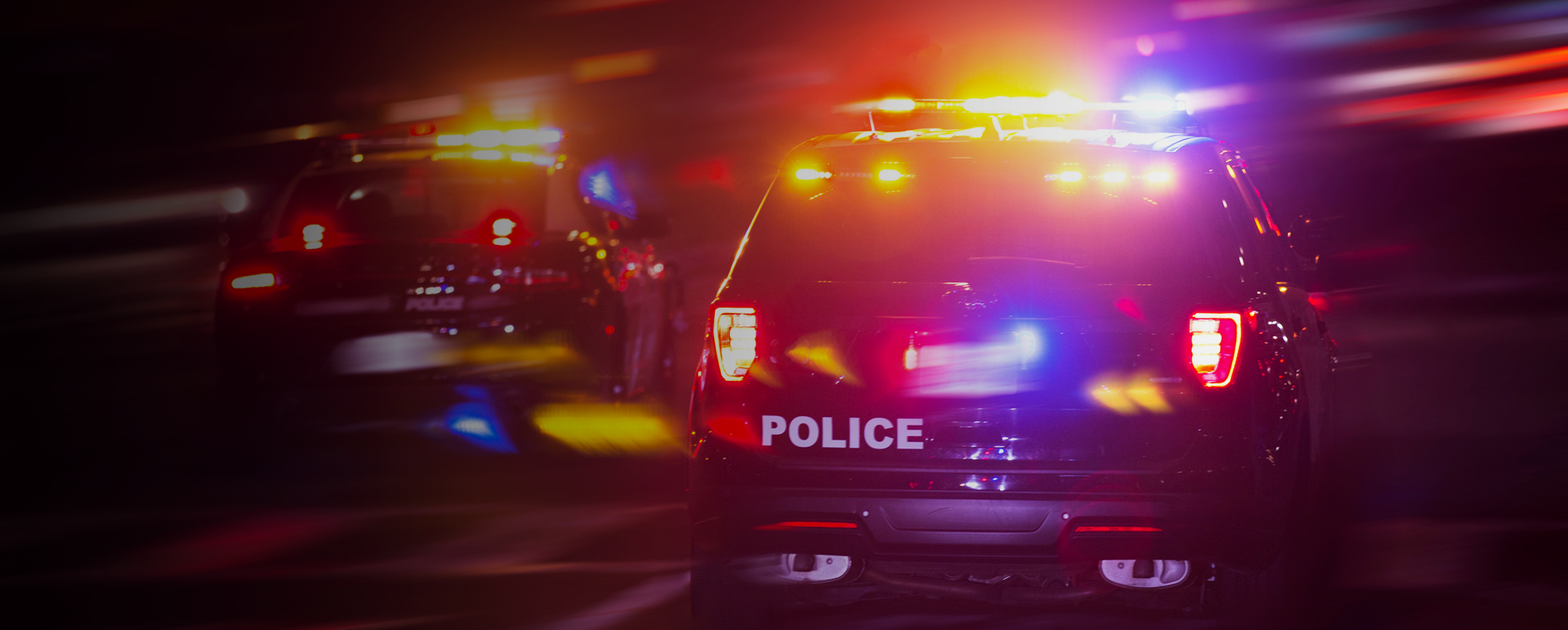Members of the media have a unique constitutional right—the freedom of the press as denoted by the First Amendment. But what does that mean for law enforcement professionals interacting with members of the media while on-scene? Does that occupational freedom extend to nontraditional reporters such as bloggers? What about First Amendment auditors? Policing professionals are faced with these questions every day as they attempt to act professionally and keep themselves and their communities safe while protecting the rights of all as guaranteed by the Constitution.
Lexipol’s recent webinar, “Police & the Press: Strategies for Navigating Today’s Complex Interactions,” addresses these questions and how law enforcement professionals can respond to the challenges that accompany media engagement.
A Legal Perspective
Michael Parker, who retired as commander with the Los Angeles County Sheriff’s Department, explains the rights of the press simply: “The press can go wherever the public can go … you can give additional access, but you can’t give them less.” The First Amendment, and the subsequent amendments and laws that build on its foundation, protects the press’ ability to gather and disseminate information to the public:
- The First Amendment provides for freedom of the press, as well as freedom of speech, freedom of assembly and freedom of petition, which all play a role here.
- The Fourth Amendment protects from improper search and seizure of self and property.
- The 14th Amendment provides the right to due process and equal protection of the law.
- The Privacy Protection Act of 1980 protects journalists and other members of the press from governmental search.
Law enforcement must both understand and adhere to these laws in interactions with all citizens—including the press. “But the First Amendment isn’t absolute,” explains Mickey Osterreicher, general counsel for the National Press Photographers Association. “It’s subject to reasonable time, place and manner restrictions—and those restrictions must be content-neutral, they must be narrowly tailored to serve a specific governmental interest, and they must leave open reasonable alternative avenues of communication.”
To protect the freedom of the press, law enforcement must handle uncertain situations with the utmost care and professionalism.
Other legal foundations rest in case law. Commentary from the DOJ on Sharp v. Baltimore City Police Department highlights the importance of police policy and training in protecting the constitutional rights of members of the press. Both Glik v. Cunniffe and Garcia v. Montgomery County highlight the rights of citizens to conduct “First Amendment audits” of law enforcement. The analysis of both hinges on the First and Fourth Amendment rights of the individuals operating in a public space. Law enforcement officers actions must be familiar with the unique legal standing of the press and ensure their actions protect these rights.
What Makes a Journalist?
One of the biggest challenges facing law enforcement professionals in police-press interactions is the question of who exactly qualifies as a journalist. Who do the special rights of the press apply to? In the digital age, can’t anyone be a member of the press as one “who gathers and disseminates information”?
Because “the press” has not been defined in law by the federal government, the definition of press available to law enforcement today depends on your location. Different states and municipalities provide law enforcement with working definitions to help guide their interactions with the media. The New York City Mayor’s Office of Media and Entertainment defines a member of the press as:
An individual who gathers and reports the news, by publishing, broadcasting, or cablecasting articles, commentaries, books, photographs, video, film, or audio by electronic, print, or digital media, such as radio, television, newspapers, magazines, wires, books, and the Internet. A member of the press includes an employee of a newsgathering organization and a self-employed newsperson.
Due to this broad definition of “press” and many others like it, law enforcement must tread carefully around those filming police activity or self-proclaimed members of the press on-scene at an incident. While press credentials can be useful for providing greater access to a scene via a “press pen,” for First Amendment audits and other challenging situations, the line demarcating who is press (and who isn’t) is blurry—and relying on press credentials alone is insufficient. Parker explains, “You do not need a press pass in order to get the right guaranteed by the Constitution.” To protect the freedom of the press, law enforcement must handle uncertain situations with the utmost care and professionalism.
What It Means for Law Enforcement
So, what does this all mean for law enforcement? It’s important for law enforcement professionals to act professionally and in light of the Constitution. First, any restrictions on First Amendment rights must be qualified by reasonable time, place and manner requirements. This means police can ask members of the press to step back to a safer distance, refrain from actions that interfere with police activity, or provide adequate time for response. Law enforcement must always have reasonable logic backing up their requests of members of the press.
So what can law enforcement agencies do to appropriately prepare their personnel? Review examples of good and bad interactions between law enforcement and the press. “Talk about it. Talk about it in roll call … and ultimately create some kind of training discussion,” Parker says.
A foundational knowledge of the law, coupled with training on how to properly engage with and respond to members of the press, can improve agency relationships with the media and the community, while improving transparency and safety.
Learn more about police-press interactions, First Amendment audits and more in the recent Lexipol webinar, “Police & the Press: Strategies for Navigating Today’s Complex Interactions.”



